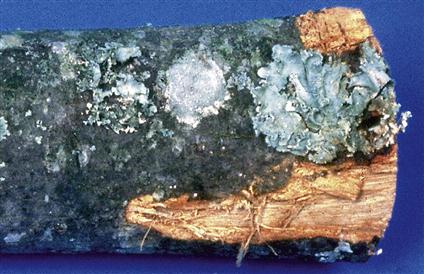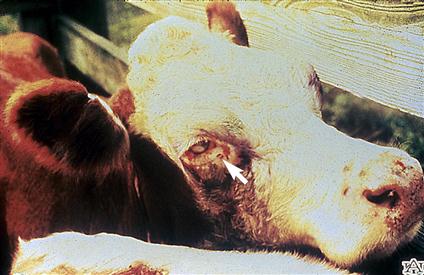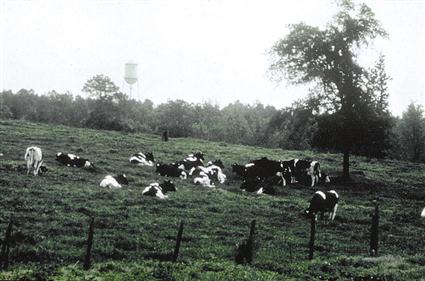The Language of Veterinary Parasitology
Learning Objectives
After studying this chapter, the reader should be able to do the following:
• Briefly discuss the importance of veterinarians in public health.
• Briefly discuss the importance of veterinary parasitology.
• Describe the important types of symbiotic relationships.
• Become fluent in the language of veterinary parasitology.
• Utilize the Linnaean classification scheme within the discipline of veterinary parasitology.
Key Terms
Aberrant parasite
Acaricides
Animalia
Anthelmintics
Antiprotozoals
Classification scheme
Commensalism
Common name
Definitive host
Ectoparasite
Ectoparasitism
Endoparasitism
Erratic parasite
Euryxenous parasite
Facultative parasite
Fungi
Genus name
Homoxenous parasite
Host
Incidental parasite
Infection
Infestation
Insecticides
Intermediate host
Life cycle
Monera
Monoxenous parasite
Mutualism
Obligatory parasite
Parasite
Parasitiasis
Parasiticides
Parasitism
Parasitology
Paratenic host
Periodic parasite
Phoresis
Planta
Predator
Predator-prey relationship
Prey
Protista
Pseudoparasite
Reservoir host
Scientific name
Specific epithet
Stenoxenous parasite
Symbiont
Symbiosis
Transport host
Veterinary parasitology
Zoonosis
Veterinary medicine continues to be one of the most rapidly evolving health care professions of the twenty-first century. Veterinarians are responsible for many aspects of human health promotion and disease prevention, especially in the areas of food safety, environmental health, prevention and control of zoonotic diseases, and the human-animal bond. To accomplish these important missions, successful veterinarians, along with their professional associates, must learn to communicate effectively with a variety of individuals, ranging from health care professionals in other disciplines, to print and electronic journalists, to the day-to-day clients who walk off the street into the veterinary practice.
One of the most important lines of communication, however, exists between the veterinary practitioner and the members of his or her own veterinary health care team. Veterinary technicians serve as vital members of these health care teams. As such, these technicians must be able to understand and correctly use the nomenclature and terminology for almost every specialty discipline within veterinary medicine. This is especially true for the discipline of veterinary parasitology, the study of parasitic relationships affecting domesticated, wild, exotic, and laboratory animals, and, to some extent, those parasites that have the potential to be transmitted directly from animals to humans. If animal parasites are to be effectively treated and controlled, the veterinary technician must become “fluent” in the language of parasitology and be able to communicate effectively, using the specialized terminology associated with these parasites and with the complex interactions between parasites and their animal hosts. This chapter assists the veterinary technician in acquiring fluency with regard to veterinary parasitology.
Symbiosis
Planet Earth is home to millions of species of diverse, living organisms that include plants, animals, fungi, algae, and unicellular organisms. Inevitably, there are millions of complex relationships taking place between and among these differing species. Many organisms live together in varied, intricate relationships. The term symbiosis (sym meaning “together” and biosis meaning “living,” thus “living together”) describes any association, either temporary or permanent, between at least two living organisms of different species. Each member of this association is called a symbiont. For example, lichen growing on the side of a tree (Figure 1-1) is actually a very complex symbiotic relationship between a fungus and an alga. Even the act of a human owning a dog and living with that dog is a type of symbiotic relationship. Two different living species cohabitate; the human “owner” and the “pet” dog are members of a very ancient symbiotic relationship.
There are five types of symbiotic relationships: predator-prey, phoresis, mutualism, commensalism, and parasitism. In a predator-prey relationship, there is an extremely short-term relationship in which one symbiont benefits at the expense of the other. For example, the lion (the predator) will kill the zebra (the prey). The prey pays with its life and serves as a food source for the predator.
In phoresis (phore meaning “to carry”), the smaller member of the symbiotic relationship is mechanically carried about by the larger member. The bacterium Moraxella bovis, the etiologic agent of infectious bovine keratoconjunctivitis, or “pinkeye” of cattle, is mechanically carried from the eyes of one cow to those of another on the sticky foot pads of the face fly, Musca autumnalis (Figure 1-2).
The term mutualism describes an association in which both organisms in the symbiotic relationship benefit. For example, within the liquid rumen environment of a cow are millions of microscopic, swimming, unicellular, ciliated protozoans. The cow provides these tiny creatures with a warm, liquid environment in which to live. In return, the rumen ciliates break down cellulose for the cow and aid in its digestion processes.
The term commensalism describes an association in which one symbiont benefits and the other is neither benefited nor harmed. An example is the relationship between the shark and the remora, its “hitchhiker.” The remora attaches to the underside of the shark and hitches a ride. The remora also eats the food scraps, or leftovers, after the shark’s meal. The remora benefits from this relationship, whereas the shark is neither benefited nor harmed.
In parasitism, an association exists between two organisms of different species, in which one member (the parasite) lives on or within the other member (the host), and may cause harm. The parasite becomes metabolically dependent on the host.
This book discusses the host-parasite relationships between domesticated and wild animals and their parasites. Parasitology is the study of such parasitic relationships.
Parasitism
Parasitism can occur in differing degrees. In parasitiasis the parasite is present on or within the host and is potentially pathogenic (harmful); however, the animal does not exhibit outward clinical signs of disease. For example, healthy cattle on pasture may harbor bovine trichostrongyles (roundworms) in their gastrointestinal tracts, but the cattle do not exhibit outward clinical signs of parasitism (Figure 1-3). Parasitiasis describes this type of parasitic relationship.
Stay updated, free articles. Join our Telegram channel

Full access? Get Clinical Tree





